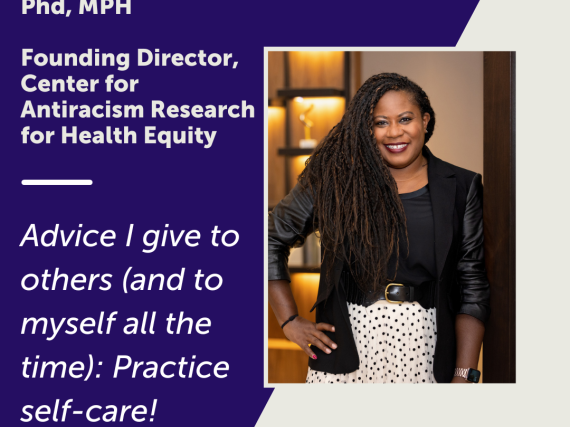Reducing Disparities in Black Maternal Health
The United States has more pregnancy-related deaths than in most developed nations. In 2015, the maternal mortality rate increased from 17 deaths to 26 deaths per 100,000 live births. Although the numbers are alarming, the disparity in mortality rates for minority women are even more devastating, with Black women being three to four times more likely to die from a pregnancy-related complication than their white counterparts. Pregnancy related deaths among African American women have accounted for 42 deaths per 100,000 live births versus 12 deaths per 100,000 live births among white women.
A variety of factors contribute to this disparity. One factor includes the lack of access to high-quality reproductive health services. For women living in poverty, pregnancy related deaths are significantly higher than the national average. Another major driver of maternal health disparities in the US is the association between non-communicable diseases and maternal mortality. Data suggests that the lack of access to prenatal care may be a contributor, as women who receive no prenatal care are three to four times more likely to have a pregnancy-related death than women who receive prenatal care. Notably, only 75 percent of all US women receive the recommended number of prenatal visits, however this even less among African Americans (68 percent) and American Indian or Alaska Native women (59 percent).
Potential solutions do exist to address the racial differences in maternal mortality rates but implementing these solutions may pose challenges. For communities of color maintaining a healthy pregnancy and delivery can mean the difference between life and death. The decision to implement systemic measures that can help save lives cannot come soon enough for women who may become pregnant. In fact, a truly comprehensive solution would begin with health care and service providers first engaging in meaningful conversations with women to understand their desire for pregnancy.
An improved understanding of women’s circumstances and challenges along with their reproductive health goals can help providers better address unmet needs. This may include culturally appropriate and patient-centered counseling on family planning, preconception health, or prenatal care. Whatever the path, the goal should be to work with women proactively. Encouraging conversations around pregnancy desire includes acknowledging that some women may not hold clear intentions regarding pregnancy (e.g., ambivalence) or have complex feelings about actively trying to get pregnant or avoiding pregnancy altogether.
For women who choose to delay pregnancy or ultimately decide not to get pregnant, we must also continue to ensure their access to birth control remains intact. According to the Centers for Disease Control and Prevention, nearly half of the 6.1 million pregnancies that occur in the United States each year are unintended. For some of these women, access to birth control may have been limited or in some cases even non-existent. Today, women of color, young women living in poverty, and young women in rural areas are more likely to experience an unplanned pregnancy. These disparities are due, in part, to the fact that more than 19 million women in need of publicly funded contraception live in contraceptive deserts, counties in which there is not reasonable access to a health center that offers the full range of contraceptive methods.
Whether we’re encouraging women and providers to engage in more meaningful conversations about pregnancy desire or advocating for women’s access to the full spectrum of reproductive health services, our goal is always to ensure that women have the power to decide if, when, and under what circumstances to get pregnant and have a child by supporting and encouraging women to develop and use their sense of agency, we can help women live life on their own terms.


